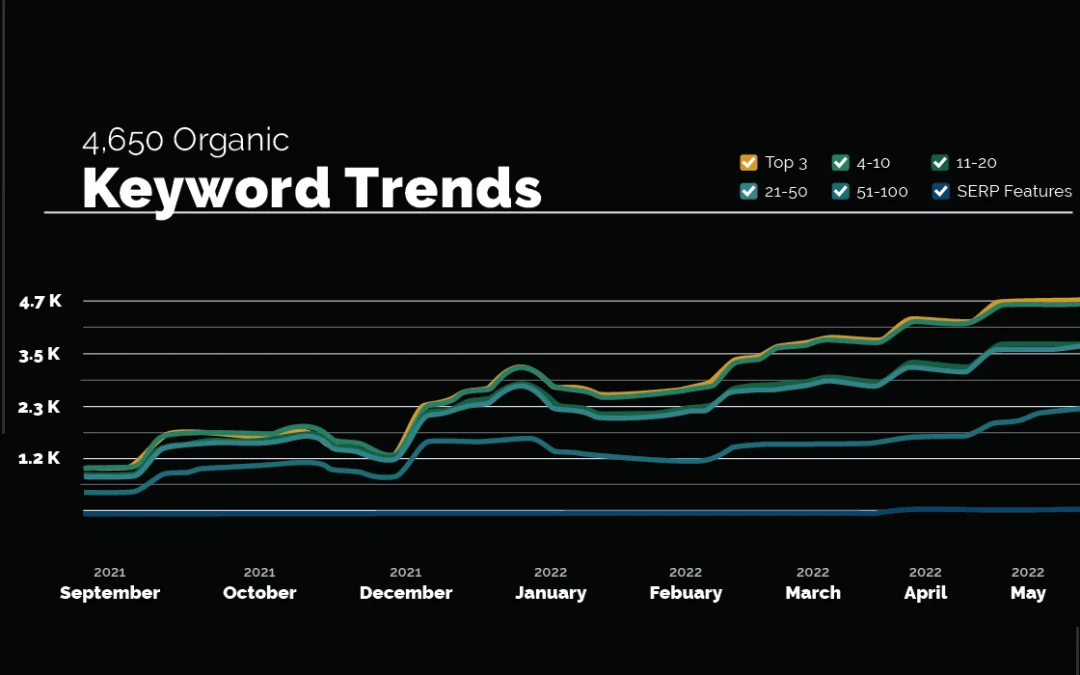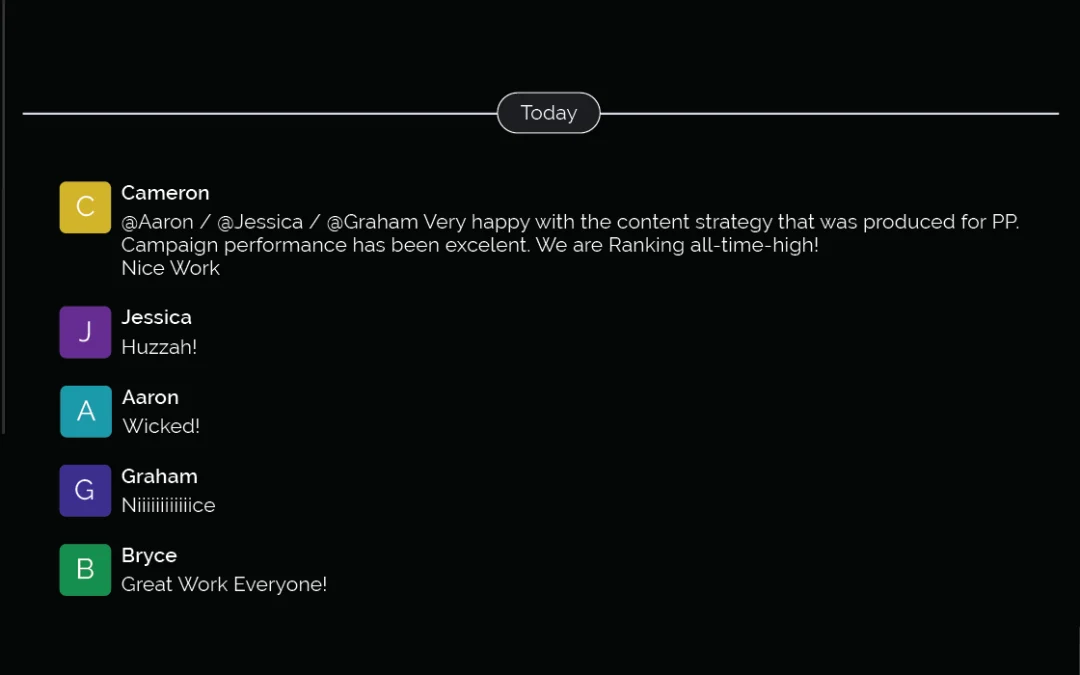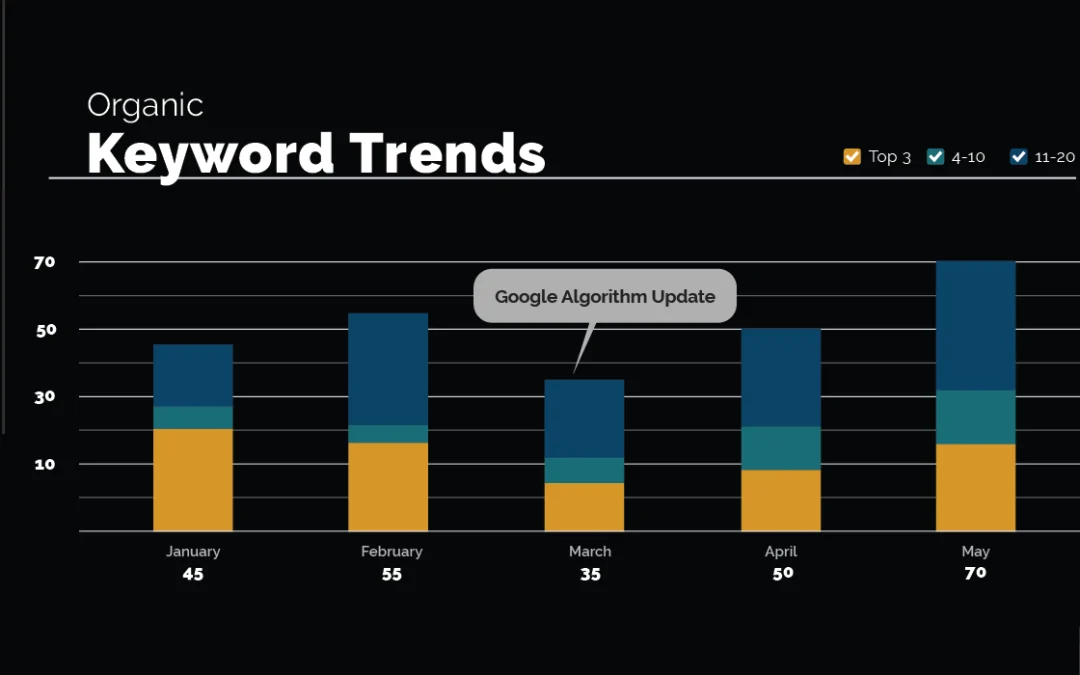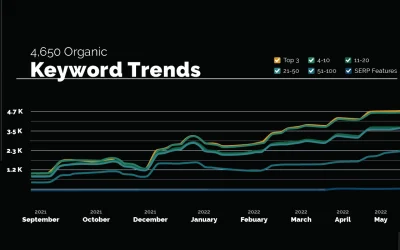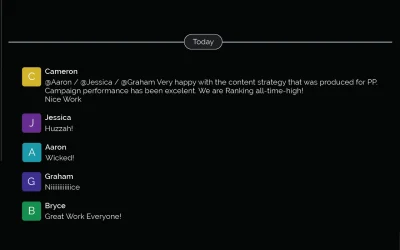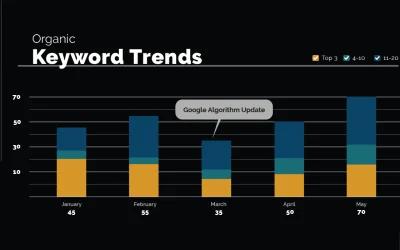Summary
- Understanding your consumers—who they are, what they want, and how they’re getting it—is essential to stay competitive in the digital landscape. Your brand’s relevancy, customer engagement, and bottom line directly depend on how well you adapt to consumer behavior.
- Use tools like Google Trends, social media insights, and competitor analysis tools like SEMrush and SimilarWeb to stay informed about your audience’s behavior and industry trends.
- Create a seamless customer journey by ensuring that your online store is mobile-friendly and easy to navigate. Make sure to provide a quick and secure checkout process as well, and accommodate your customer’s payment preferences by offering options like digital wallets and PayPal.
- Analytics tools like Google Analytics, Meta Insights, and Hotjar provide valuable data about your audience’s behavior and engagement. Use this information to fine-tune your marketing strategy, personalization efforts, and product development.
- Stay agile and flexible to respond quickly to changes in consumer behavior. Ensure your website and content are easily adjustable to new trends, and consider working with professionals who can implement changes efficiently.
Understanding your customers—who they are, what they want, and what they’re doing to get it—is the key to thriving in an increasingly competitive digital landscape. Consumer behavior directly impacts your brand’s relevancy, it’s customer engagement, and ultimately, your bottom line. By analyzing behavioral changes, you can make data-driven decisions that keep your business ahead of the curve. But what are the specific steps involved, and how can you implement them efficiently?
We’re here to help. Our team works closely with small businesses in a wide variety of different industries, and we’re here to share our experience with you so that you can learn how to stay in lock-step with your consumers as their needs and preferences evolve. Read on for our top tips on how to keep your digital marketing efforts on the razor’s edge.
Staying Up-to-Date with Consumer Trends
Why Market Research Matters
We’ve written about market research before, but it’s about more than just identifying your ideal customer—it also helps you spot consumer trends early. Good market research provides context for what your audience is doing, revealing why certain behaviors are emerging and how they may evolve. In turn, this enables you to adapt proactively instead of constantly playing catch-up.
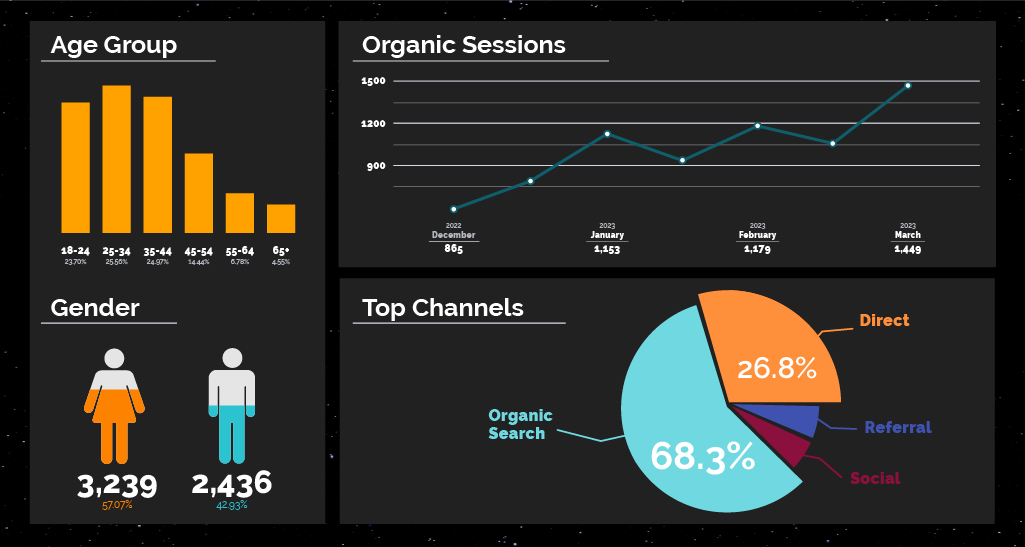
Tools and Resources for Effective Market Research
- Google Trends: Use this to see search demand for keywords related to your business over time. This can reveal emerging patterns, helping you build a content strategy that produces what your target audience already wants.
- Social Media Insights: Platforms like Facebook, Instagram, and Twitter provide user demographic information and engagement metrics, indicating which content resonates with your audience.
- Competitor Analysis Tools: SEMrush and SimilarWeb can give you insights into your competitors’ strategies, revealing the keywords their content is currently ranking for. This allows you to see what’s working in your industry and develop your content accordingly.
Understanding Shifts in Purchasing Patterns
The Rise of E-Commerce & Mobile Shopping
Digital shopping is now the norm—online sales have grown by over 56% since 2019, which makes e-commerce optimization absolutely essential for most businesses. User experience (UX) is the key to success here—you want to remove as many obstacles as possible between your visitors and the checkout page.
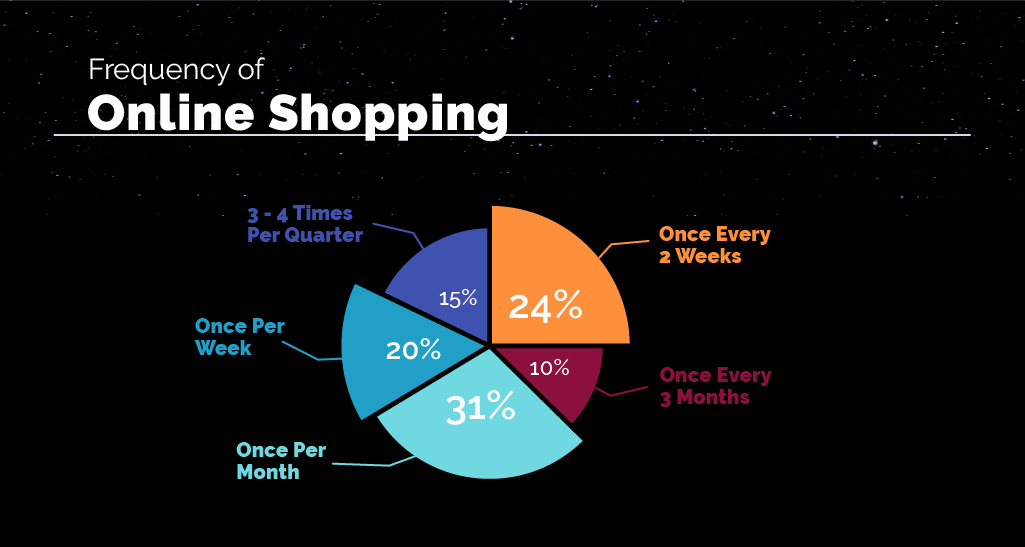
Creating a Seamless Customer Journey
Consumers want shopping experiences that are frictionless and personalized. That’s likely why most of them still express a preference for in-store shopping (even though more people are actually shopping online).
Make your store easier to use by ensuring that your site is mobile-friendly, easy to navigate, and that it features a secure, quick checkout process. Tools like Shopify or WordPress plugins like WooCommerce can help you set up an online store quickly, while getting expert help with your website design can improve the experience of your visitors and drive more sales.
Adapting to Payment Preferences
Typing in credit card information feels tedious and obsolete for many online customers, so you’ll want to give them smoother ways to pay as well. Integrating digital wallets like Apple Pay and Google Wallet (or using platforms like PayPal) can all help you accommodate the shift towards faster and easier payment experiences, helping you drive down cart abandonment rates.
Leveraging Data Analytics for Insights
What Are Data Analytics (& How Do You Use Them)?
Data analytics allow you to understand and predict customer behavior. You can then use this information to improve your marketing strategy, personalization efforts, and product development.
Data Collection & Analysis Tools
- Google Analytics: This provides information about your site’s visitors, such as their demographics, behavior, and device type.
- Meta Insights: Use this for comprehensive data about your Facebook and Instagram pages’ performance and audience engagement.
- Hotjar: Tracks what users are doing on your site—where they’re clicking, what parts of your content they’re spending the most time on, and what they’re skipping past. This helps you adjust your content and the way it’s displayed to make sure people see the best parts first.
Measuring the success of your digital marketing campaigns can be an easy rabbit hole to lose yourself in, so don’t be afraid to reach out for help! Our team can help you understand the metrics that matter most when assessing the performance of your digital content.
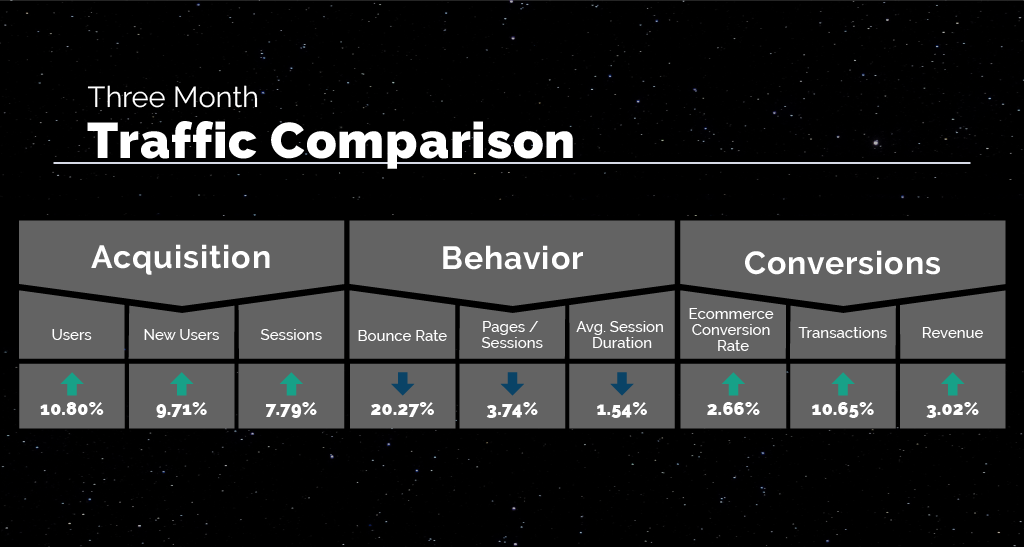
Adapting Your Marketing Strategy
Why You Should Stay Agile
Like Muhammad Ali once said, you’ve got to float like a butterfly; sting like a bee. Of course, he was talking about boxing, not marketing—but the same logic applies.
Rapid changes in consumer behavior require flexible marketing strategies, so it’s important to create a plan that lets you pivot quickly. This means:
- Designing an organized website with content broken down into clear categories. If you need to change your products or services, you should be able to swap out the categories that are no longer relevant for new ones instead of having to rebuild the whole site from the ground up.
- Creating content to be updated rather than replaced. Creating high-quality digital content takes time—to plan it, produce it, and get it ranking. You don’t want to lose that investment or the equity it’s built up, so it’s better to produce content that can simply be altered to reflect new trends in your industry rather than assets that will be made totally obsolete if your customers start acting differently.
- Working with professionals who can implement changes quickly. Even updating your online presence can take a lot of time and effort, so consider working with experts who can make the most effective changes in the shortest possible amount of time. We can help with this—it’s what we do.
Adaptation in Action: Businesses Who Pivoted Towards Success
We know the value of using the tips and tools above, because we’ve seen it produce results for the businesses who work with us. Here are some examples:
U Vape: Up 141% in Year Over Year Revenue
U Vape is a retailer specializing in vape devices and accessories, whose team engaged us to help them grow their strong regional presence into a national one by focusing on e-commerce. Creating an educational content strategy to qualify new leads while developing new landing pages based on keyword research helped U Vape go from ~$332,000 of organic revenue in 2022 to over $776,000 in 2023.
See the whole case study here.
Little Rock Printing: Up 76% in Monthly Website Traffic
Little Rock Printing was a brick-and-mortar print shop that sought our help in transitioning to an e-commerce model in the third quarter of 2021. This included a substantial overhaul of their website to improve navigation and optimize product pages, reducing friction for potential customers and encouraging more sales. The resulting boost in website traffic since then has been accompanied by a significant boost to Little Rock’s conversion rate: from 9% in July 2021 to 15.8% by May 2022.
See the whole case study here.
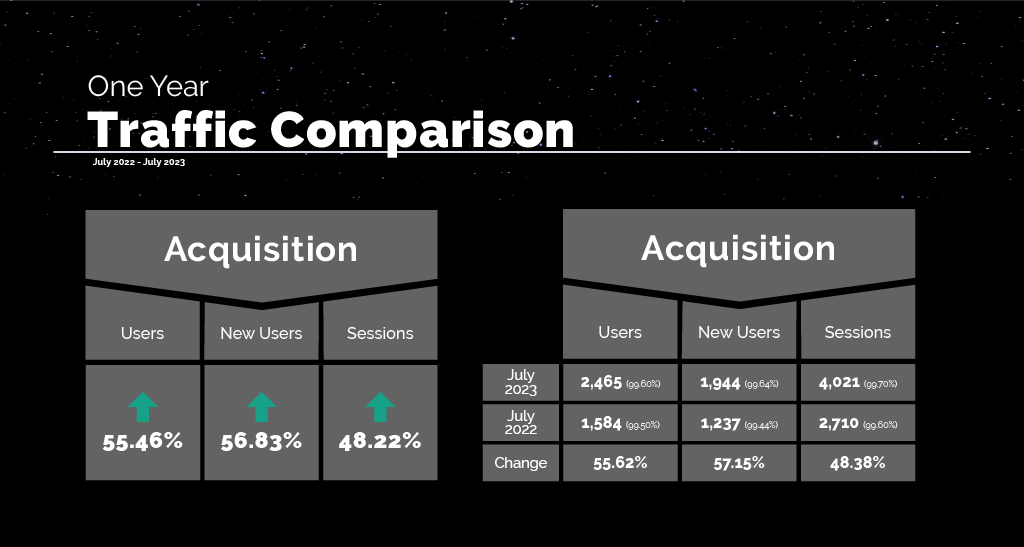
Adapt & Thrive in Your Small Business’ Landscape
Anticipating and adapting to changing consumer behavior requires you to stay up to date with changes to your industry—you’ll need to stay aware of digital purchasing patterns, leverage data analytics, and consistently maintain a flexible marketing strategy. While you can accomplish these tasks in-house, you’ll save time and improve your ROI by working with professionals who can implement effective strategies instead of relying on trial-and-error.
To learn more about how your business can start calling the shots instead of always rolling with the punches, contact our team at Monochrome Marketing. Our experience can ensure that your business will not just survive but thrive as the environment around you continues to evolve.


